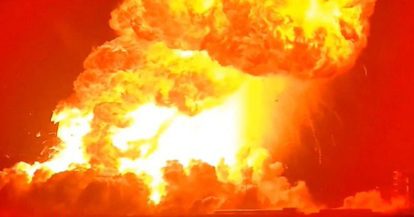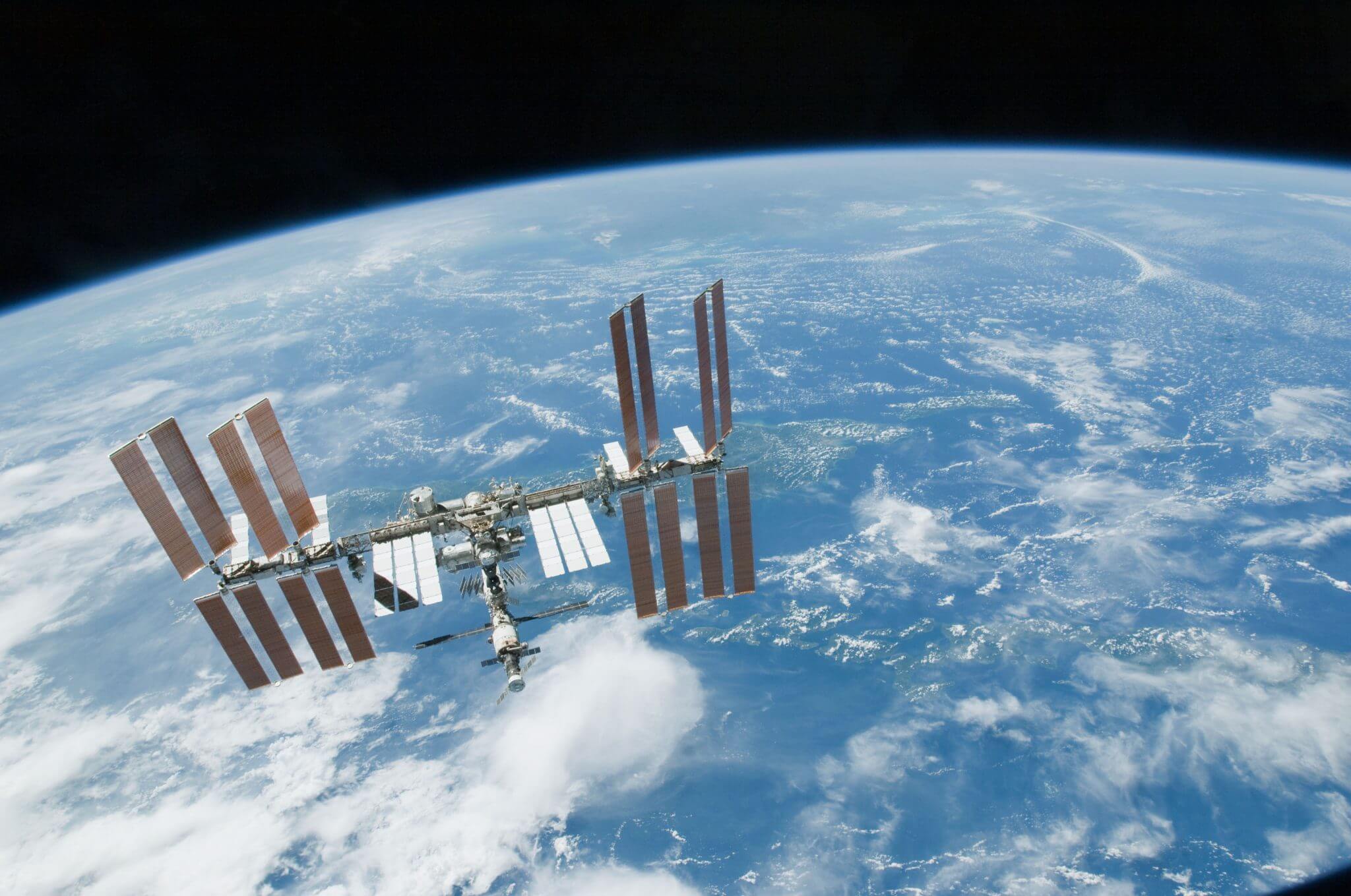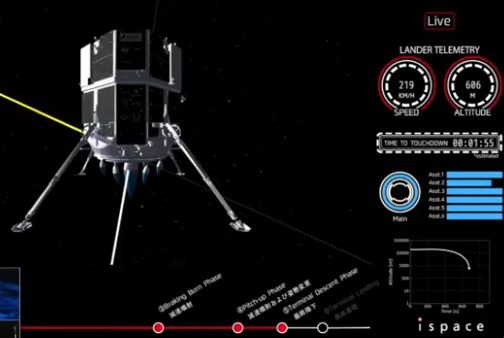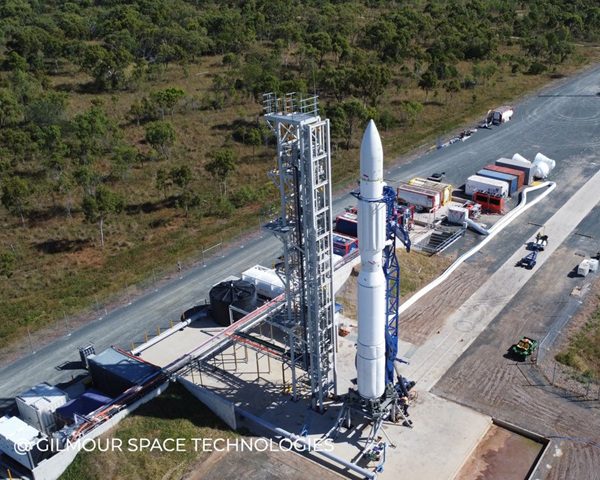Launch Pad 39A, at the Kennedy Space Centre, USA, played host to a SpaceX Falcon 9 medium-lift launch vehicle cargo mission to the ISS (International Space Station) at 1631 GMT, 14 August. The launch was twelfth SpaceX resupply mission to the ISS, and utilised their DRAGON cargo craft as part of the first Commercial Resupply Services (CRS) contract awarded by NASA to selected third-party enterprises.
Following the separation of the second-stage – and the DRAGON capsule – the Falcon 9 first-stage made a powered landing back on Earth at the dedicated Landing Zone 1, located at the nearby Cape Canaveral.
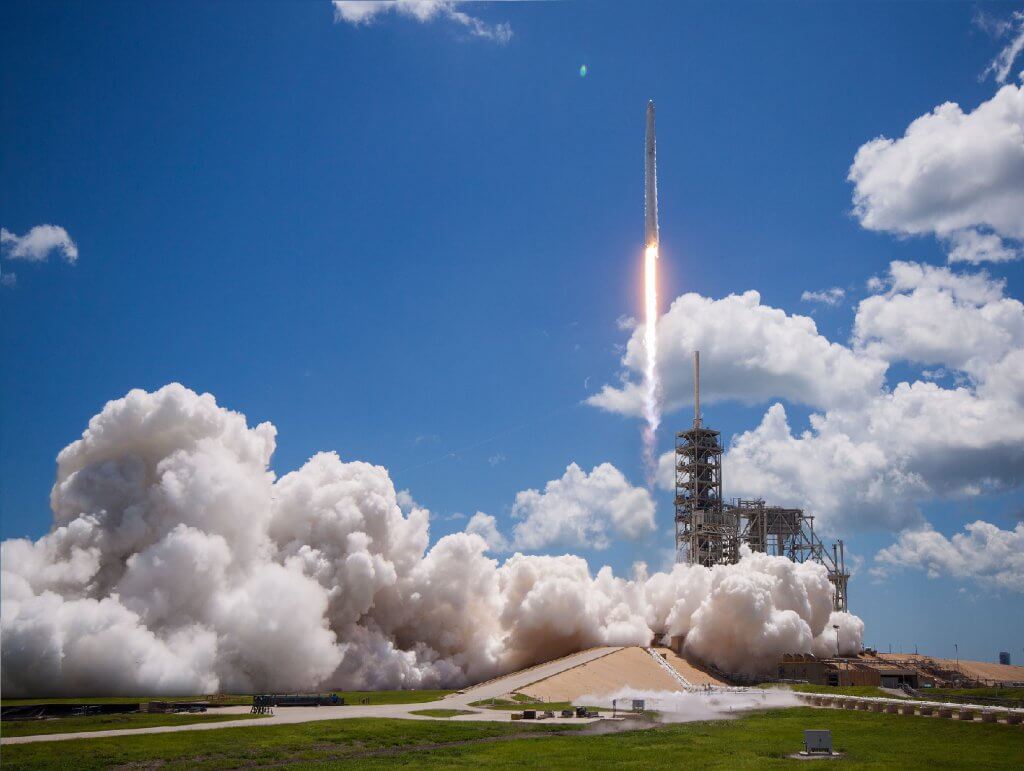
A SpaceX Falcon 9 rocket lifts off carrying the DRAGON CRS-12 mission. Courtesy of SpaceX
The DRAGON capsule is carrying 2,910 kg of cargo to the ISS however, a glut of supplies currently held on-board the orbital station means that this mission is able to devote a greater than normal proportion of its payload capacity to scientific experiments and equipment. This is most easily represented by the 1,258 kg CREAM (Cosmic-Ray Energetics and Mass) experiment which is being carried in the DRAGON’s unpressurised trunk segment. CREAM will later be installed onto the ISS-JEM’s (Japanese Experiment Module) “Exposed Facility”.
The mission also carried four satellites for later deployment from the ISS: KESTRAL EYE 2M a pathfinder electro-optical microsatellite to provide 1.5 m resolution imagery to US-military personnel, built by Maryland Aerospace Inc.; ASTERIA a 6U-cubesat to test precision space telescope technologies, built by a joint MIT/JPL team; DELLINGR a 6U-cubesat mission previously known as RBLE (Radiation Belt Loss Experiment) to help study the magnetosphere, built by Goddard Space Flight Centre and OSIRIS-3U a 3U-cubesat carrying a Langmuir probe, built by Pennsylvania State University.
The next planned cargo mission to the ISS is the Orbital ATK CYGNUS OA-8 mission scheduled for 10 November, and will be followed by another SpaceX DRAGON mission (CRS-13) in December.
Update 17/08/2017: Following a quick two-day rendezvous route to the ISS, the DRAGON CRS-12 capsule was “captured” by US astronaut Jack Fischer and ESA astronaut Paolo Nespoli, at 1052 GMT, 16 August, using the Canadian-built Canadarm 2 – officially designated the Space Station Remote Manipulator Systems (SSRMS). The DRAGON was then manipulated to dock with the ISS at 1307 GMT, reportedly around one hour ahead of schedule.


